I head south from Gijón, arriving at the Valporquero cave a bit early. The access to it is the, by now obligatory, steep, serpentine road. The parking lot is deserted so I snooze out a bit. When I awake, a few more cars have appeared. I go into the park building and join a group of 9 other tourists. We sit around a table with hardhats and headlamps in front of each of us. The guide asks if I speak Spanish. I respond “more or less” and state that I’ll manage. The narration is not going to be in English. After a short orientation, we don our helmets and walk down an access path to the gaping maw of the cave entrance.
Valporquero is a large cave, well explored and developed with stairs, railings, and lighting (which is off by default to preserve the lightless environment). The upper, older level is relatively dry while the newer lower level has, in the wet season, a rushing river and other groundwater penetrations. I’ve come at the right time of year. Our guide, Juan Carlos, is very patient and thorough and the substantial portions of the lecture he gives at each stop that I miss aren’t too serious as I already know quite a lot about caves and limestone geology. My many childhood hours dogging the footsteps of countless US National Park Service naturalists educated me well.
We work our way through both levels, doing a lot of climbing and descending, using our headlamps except during stops in elaborately carved rooms where the lights are turned on for a few minutes. There are incredible stalactite, stalagmite, flowstone, and every other limestone formation you can imagine. At various times, we’re walking along a rushing river, past waterfalls spouting out of holes in the ceiling, and down narrow tunnels connecting large chambers. In one small pool, Juan Carlos points out tiny, swimming, white crustaceans, which I later determine are Parabathynellids, no more than an eighth inch long.
I could verbally describe dozens of cave features but despite my enthusiasm you would just quit reading. You just have to be there. The photos below show some of them, if in a very amateur quality. The very satisfying tour runs 3 hours and it’s only as we pass a larger group walking without safety gear that I realize I’ve luckily stumbled into the in depth version rather than the standard tourist access.
[NOTE: Some displayed images are automatically cropped. Click or tap any photo (above the caption) to see it in full screen.

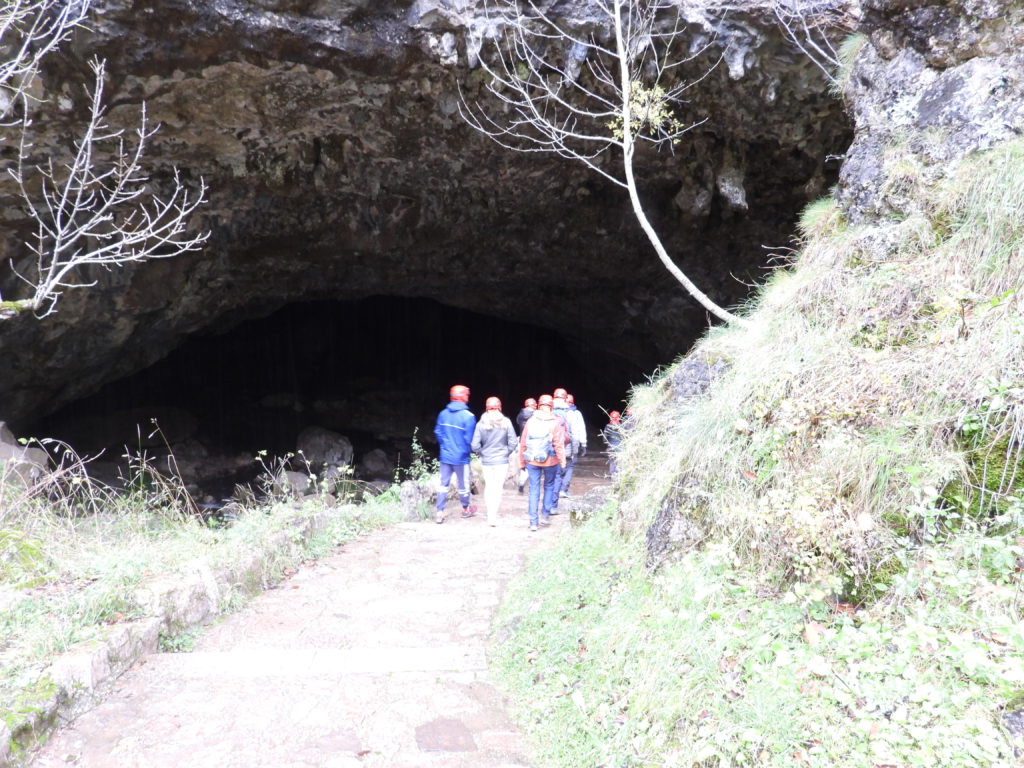












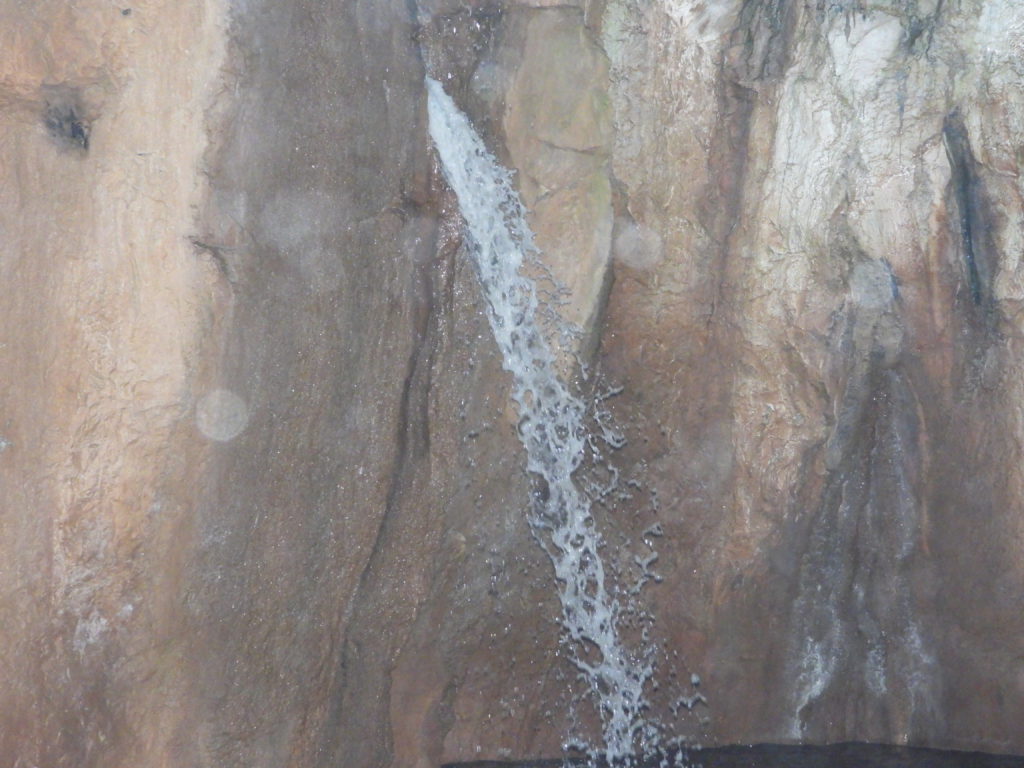
Finally, Juan Carlos dismisses the group to exit the cave on their own and accompanies me back to the crustacean pool so I can try to get some photos. This dedicated attempt doesn’t do particularly well. Even with a macro lens, getting good images of tiny, wriggling, underwater creatures bu headlamp light is almost impossible. It’s very generous of him to give me the opportunity.
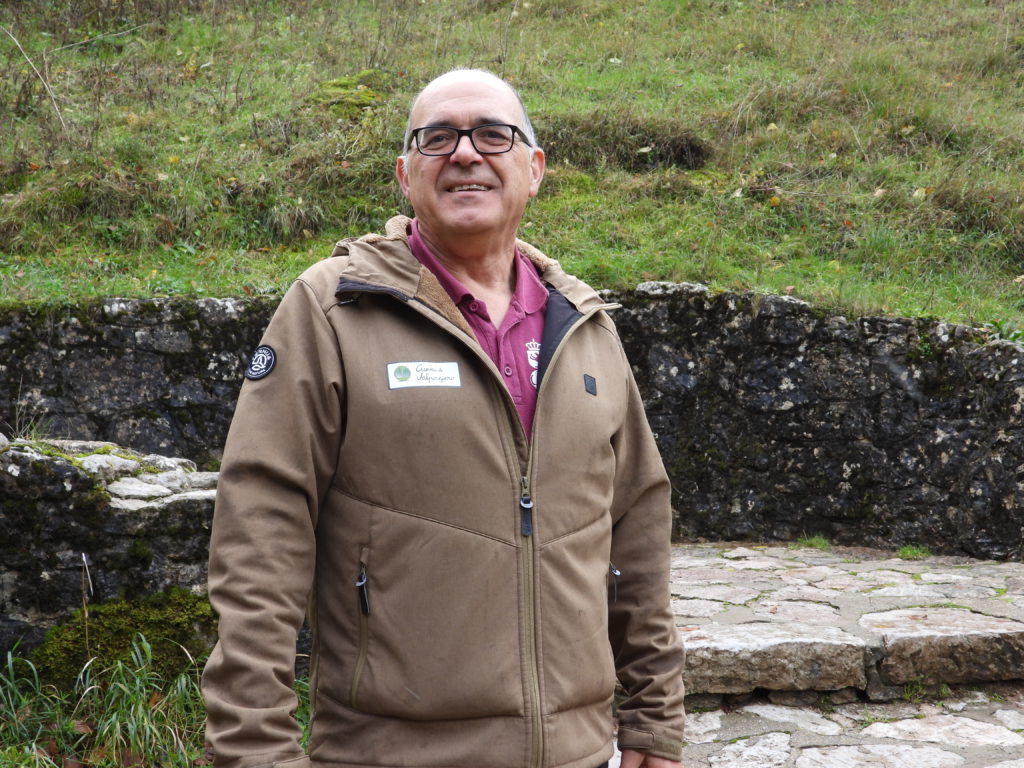



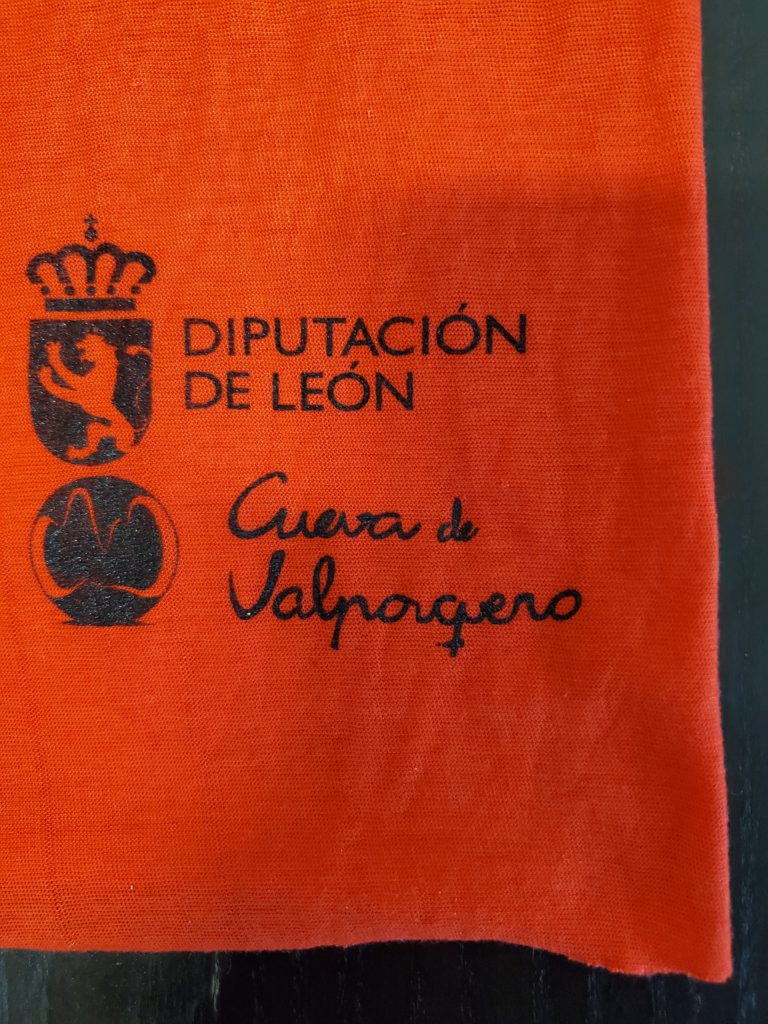
As the two of us emerge from the cave, we’re greeted by the unexpected — it’s snowing!
Back in the car, I decide to spend the night in nearby León. The Berlingo is due for an oil change and I want to cook tonight. I also want to calibrate the fuel gauge, which I try to do with each car I own. This involves carrying a can of spare fuel, purposely running the tank dry to measure how far I can go after the “Low Fuel” light comes on, and then refilling the tank to reach the next gas station. A few weeks ago, Jordi gave me an unneeded fuel can that I’ve been carrying around ever since. Before I run the tank dry, I want to be sure I can actually get fuel from my can into it. The can’s spout is missing, so at a Home Depot-like store I buy a cheap funnel with a long, flexible neck. I’m going to rehearse the fuel transfer ahead of time to avoid potential roadside embarrassment.
It’s a good thing I do because when I insert the funnel neck into the fill spout, it’s blocked. The little door that opens automatically when I insert the standard diesel nozzle at a gas station won’t move. A little online research reveals this is a safety measure to prevent accidentally putting gasoline into a diesel vehicle, but I can’t find a clear explanation of how to release the door when I’m away from a diesel pump.
Deferring that problem, I get some dinner supplies at a Lidl and then check into the likely looking Albergue de Santo Tomás de Canterbury. It’s my typical choice: clean, decently equipped, and cheap. It’s on the ground floor of a modern building with ample street parking outside. It turns out to be quite suitable but without social interaction. The dormitory room is shared with only one other guest, a seedy looking. middle aged Italian who spends, literally, hours on the phone with his mother back home arguing and cajoling at full volume. I wish I had recorded a bit of it.
I cook a good dinner but am shocked to find the kitchen doesn’t include a guest refrigerator. I’ve never come across a hostel without one. In the space where it should be is a giant, junk food vending machine. I’m forced to store my perishables inn the car even though it isn’t particularly cool this evening. I put great stock in a well equipped functional kitchen in a hostel but I seem to be in the minority. Most guests seem perfectly happy getting take out food, even (yecch) Dominos Pizza, which is apparently a global, rather than just US, disaster. Only occasionally do I encounter someone else cooking a meal.
I’m loaded and out early in the morning, heading to an internet-rated shop for an oil change. When the owner arrives, I make my request but, although sympathetic, he says he’s booked solid for days. While I have his attention, I ask about my fuel fill puzzler. He takes a look but doesn’t have an answer and is too busy to pursue it further. I ask him for a referral and drive to that nearby shop. The manager there first says come back at 2 PM. When I say that’s impossible, he says leave the car and it will be ready by noon.
I ask him, too, about the fuel fill. He insists that I just push the door aside with a screwdriver, but I already know that’s incorrect. I puzzle over the issue further and realize that since the door opens when the standard diesel nozzle is inserted, the release mechanism must be in the circumference of the tube. Fooling around with a pair of chopstick, I discover that pressing outward simultaneously at two specific points opens the door. Problem solved.
To while away the hours until noon, I improvise a walking tour of León. Of course, it has to start outside the cathedral – will the Catholic Church never give up? Despite its impressive architecture, the only unusual thing about it is an array of about ten police cars and officers arrayed in front. An obvious public relations flack (you can recognize them in every “advanced” culture) is yelling instructions to the officers while a photographers snaps pictures. I find it interesting that the chosen backdrop is the cathedral. Separation of church and state?

Continuing my walk, I pass the Museum of Emigrants, the second curious honoring of the many who couldn’t make it in Spain and left to create a better life elsewhere. It looks interesting enough to buy a ticket but it doesn’t open for two hours, so I pass it up.
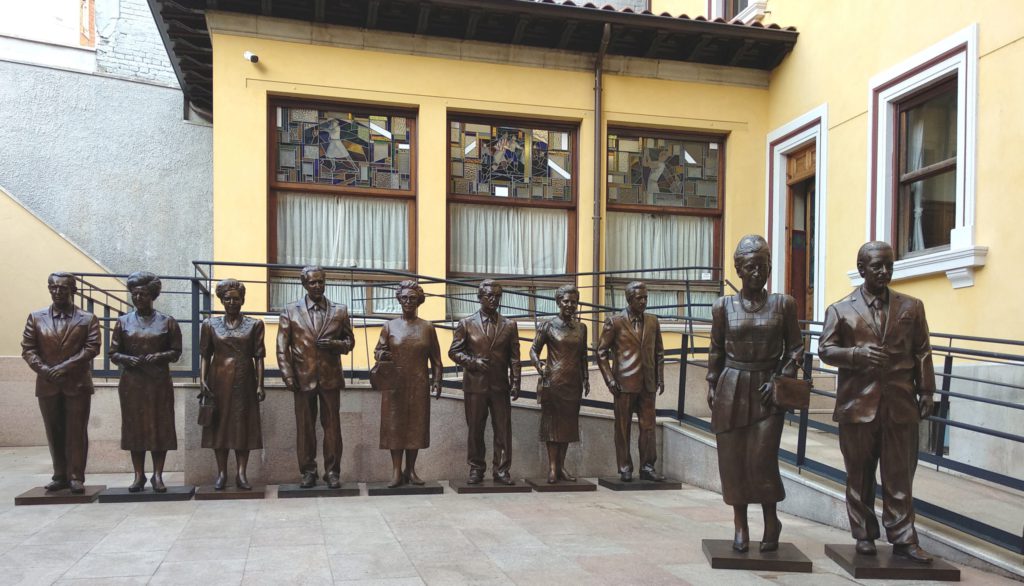
At noon, I’m back to retrieve the car. A full synthetic oil change is fairly pricey here, about $120, but the intervals are long so it’s no burden. I head out of town toward the western coast, which faces the full Atlantic Ocean rather than the more protected Bay of Biscay to the north. Along the way, I run out of gas, as expected, and now know I can go about 115 miles after the “Low Fuel” light comes on. This knowledge is unimportant in Europe but could be essential in Morocco. Refueling is no problem even though the car, of course, decides to stop right at a construction zone lane drop so semi-trucks are whizzing by within a foot or two of me as I try to make myself paper thin while holding my gas can in the funnel. Had I not made a dry run earlier, I would have been stranded.
Later in the afternoon, I reach the coast and check in to another albergue. My drive is over after a productive day.







